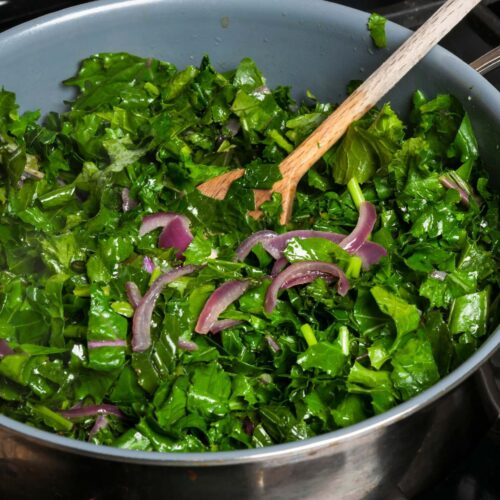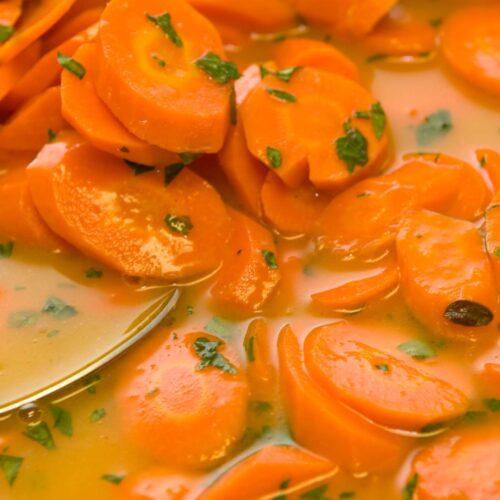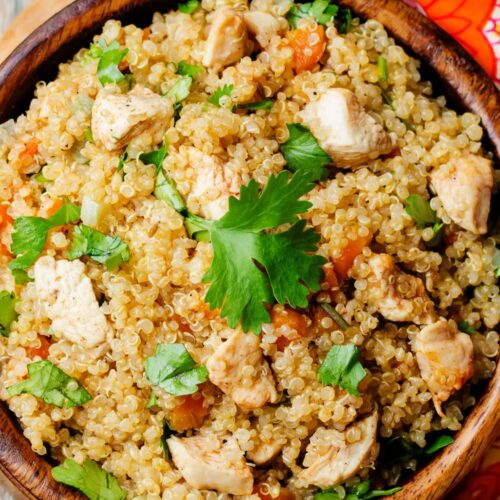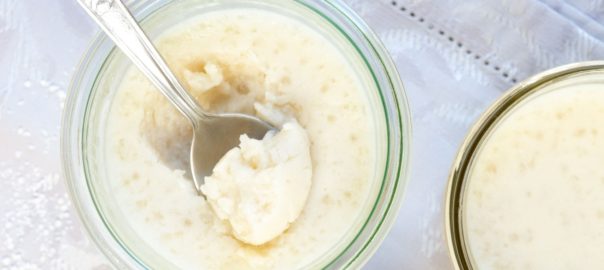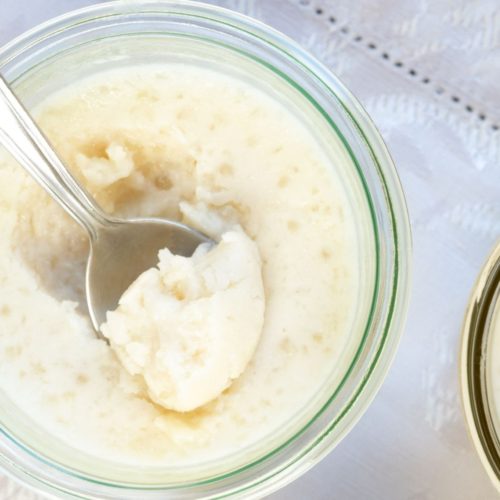Here in Texas, 'tis the season...for wildflowers. Driving around town, seeing the beautiful flowers that were sown last fall, bluebonnets (the Texas state flower), Indian paintbrush, squaw weed, anemones, wine cups, and more, their pretty delicate flowers and bright colors along the roadside bring a smile to my face. They are a symbol that winter is pretty much over and that the heat and humidity of summer is almost upon us.
Enjoying the Present Moment
I'm enjoying this season, trying to stay in the now. To focus on the beauty that is blooming to life around us, the soft gentle breezes that will disappear too quickly, the joy of being able to throw open the windows and enjoy the fresh air.
I often find that we are rushed from one season to another without the ability to enjoy what is right in front of us. Usually, this is focused on merchandising for the holidays (did anyone but me notice that St. Patrick's Day stuff was out before Valentine's Day was over?) and exhorting us to buy things instead of enjoying the moment. I have come to find that I have all of the "things" and "decorations" that I need or want. Actually, we gave away most of them when we downsized to our smaller house, and I'm much happier being able to avoid the stores and/or ignore those displays around me.
Creating a Calmer Environment
When I work with a client and we are looking at issues that cause stress, we frequently find that it is from this feeling that we are being hurried along. You can't enjoy one season or one holiday because the next one is hard on its heels, and quick, quick, you have to get ready. By taking the time to fully enjoy what is around us, we create less stress for ourselves, a calmer environment for our families, and a healthier life.
There is a great book called The Power of Now: A Guide to Spiritual Enlightenment by Eckhart Tolle, and he has just come out with a companion book, Practicing the Power of Now: Essential Teachings, Meditations, and Exercises from The Power of Now. When we are caught up in the hurry and flurry of media/marketing-driven life, sometimes we need some guidance and more than a little practice to get back to what truly has meaning for us. I am still working on this for myself; I think it's a lifelong practice.
Taking a Moment for Mindfulness
Take a moment, where you are, to go outside and enjoy the beauty of your surroundings. If there are no flowers where you are today, just gaze out your window and enjoy the season. For more guidance on mindfulness, consider my book Beyond Meditation: Making Mindfulness Accessible for Everyone.


